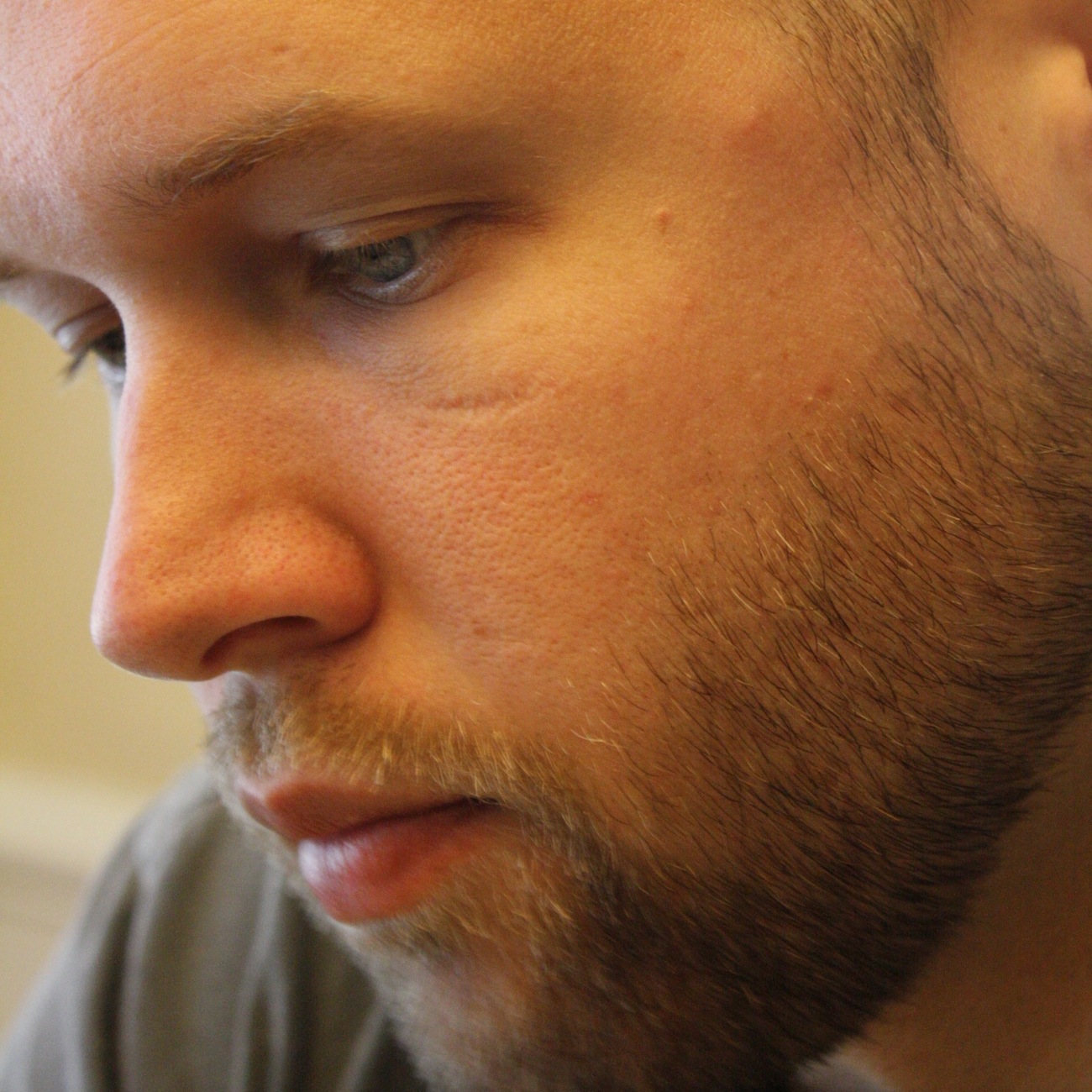There’s not enough money to go around. Just print more, right? Wrong. The arbitrary creation of money inevitably leads to hyperinflation, the state of inflation rising at extremely rapid rates. A normal inflation level for the United States often hovers in the very low single digits while times of woe sometimes cause it to jump into the double digits, only to fall back in relatively short periods. With hyperinflation it is not uncommon to see inflation on the magnitude of thousands of percent.
How can that happen? Casting politics, exchange rates, and all other things aside, we will look at a ceteris paribus example. There are many things that can and do contribute to hyperinflation, however we will focus on supply and demand for this example.
Let’s assume that Bob and Phil are stranded on a desert island. They have divided the island down the center and each has control over valuable resources. Bob has control over all food and water, while Phil has control over all plants needed to fuel fire, build shelter, and other things (it’s an odd little island). Since both are in possession of numerous resources that have proven hard to barter over, they have agreed that clam shells are a good currency because of their surprising lack of availability.
Using this system Bob can purchase wood, vegetables, and other things from Phil and Phil can purchase food and water from Bob. Right now there are no supply problems and there don’t appear to be any on the horizon. Because of this the number of clams that Bob and Phil require of each other to purchase a given good remains relatively constant. For example, a jug of water may fetch 3 clams while a bamboo pole may fetch 1 clam. If bamboo or water suddenly grew scarce then we would see the number of clams required to purchase it start to rise, however for this example we’ll assume that all the resources remain at the same level of availability. That is, supply remains constant.
Now suppose Bob and Phil have just found a new batch of clam shells that has washed ashore, doubling the available clams in circulation.
Since the material wealth of both Bob and Phil has not changed with the innundation of new clams, the value of each clam cannot be tied directly to any given good. If the jug of water that used to be worth 3 clams remains worth only 3 clams, then Phil will be able to purchase more water than he did before because of the additional currency introduced into the system. This means that the items that cost more and are harder to come by lose value since there is never a shortage of clam shells to use for payment.
Queue the market forces.
Bob and Phil will inevitably realize that the additional clams in circulation can accommodate a price shift to help absorb the additional currency supply in the system, thus leaving the real price for each item the same. Given that the available currency has doubled, it is likely that both parties would eventually and voluntarily raise their prices to double what they were. This means that the real purchasing power of each party remains the same – what used to cost 3 clams now costs 6 to accommodate for double the clams in circulation. However neither party has expended or given up more than they ordinarily would have – they have only had to pay more clams, which are available due to the increased currency supply in the market.
Now assume that every time the tide goes up more clam shells wash ashore. In the beginning there will be a lag as Bob and Phil take time to realize the situation and adjust prices accordingly. However, there will come a time when Bob and/or Phil come to realize that every time the tide comes up, more currency will be available. If both parties realize it they will begin to preempt the influx of currency for every tide rise and hyperinflation will ensue. If only one party makes the tide-currency connection then they will begin rising prices in anticipation, leaving the other party no choice but to raise their prices in order to maintain the same level of purchasing power.
This will eventually lead to both parties understanding that there is a constant influx of currency into the system, prompting each of them to act in an anticipatory manner. If Bob and Phil are smart they will recognize the pattern and stop it well before they have to make multiple trips just to deliver enough clams to pay for the goods they need. They will likely decide that using clams as a currency is no longer a viable option and will find something else more stable to use as currency.
When you apply this same concept on the scale of an entire nation, it becomes evident how quickly hyperinflation can set in. When it was just Bob and Phil the inflation was mitigated slightly by the fact that the rise in prices was only dependent upon two vendors. In an entire nation there are many more speculators that help to influence the rise in prices, making hyperinflation materialize much faster. Add in a government that tries to mitigate economic problems by printing currency, the solidifying of hyperinflation is sure to follow.
